The bombardier beetle, named for soldiers who once operated artillery cannons, has a surprising secret weapon to use on potential predators.
When attacked, the beetle mixes a cocktail of compounds inside its body that produces a rapid chemical reaction. The reaction heats the mix to the boiling point, then propels it through a narrow abdominal opening with explosive force. By turning the end of its abdomen on an assailant, the beetle can even aim the spray.
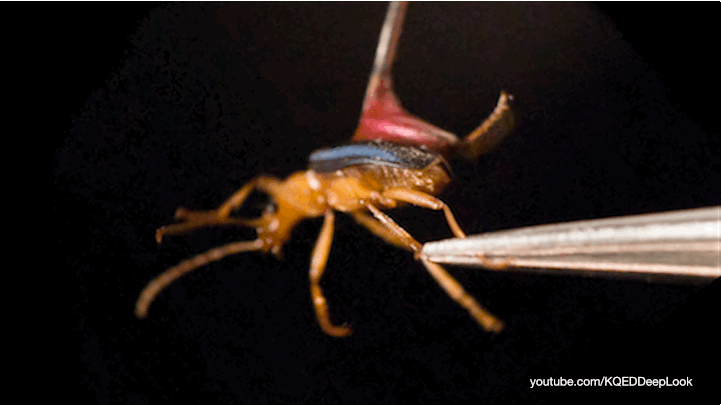
The formidable liquid, composed of three main ingredients, both burns and stings the attacker. It can kill a small adversary, such as an ant, and send larger foes, like spiders, frogs, and birds, fleeing in confusion.
“If the beetle’s explosion chamber were the size of the inside of a car,” said Eric Arndt, a doctoral student who has studied bombardiers at the Massachusetts Institute of Technology, “the blast would release about the same energy as about two pounds of TNT.”
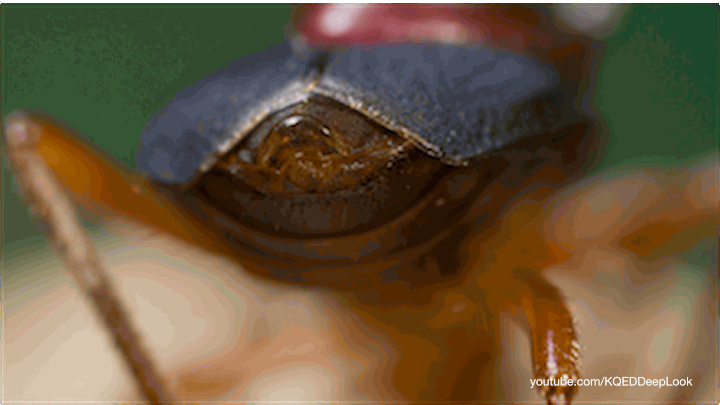
There are more than 500 species of bombardier beetles. They live on every continent except Antarctica. In Northern California, they are commonly found near streams, rivers and lakes. Their exceptional chemical defense has given the bombardier beetle not only its name but a central role in decades of dispute between creationists and scientists about the origins of life.
While the scientific consensus on evolution is unanimous, creationists have made the bombardier a poster-child of what they call “irreducible complexity,” the notion that some structures in nature seem to defy explanation by Darwinian theory.
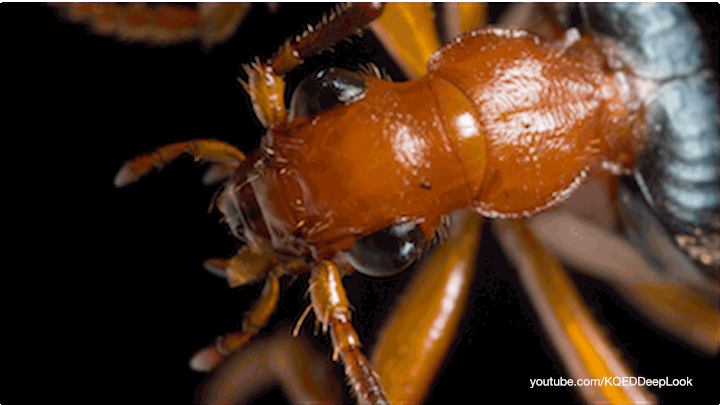
If the liquid components of the beetle’s defense are so dangerous in combination, they ask, wouldn’t earlier beetles have blown themselves up, and the species gone extinct long ago?
Instead, the argument goes, the extreme delicacy of the mechanism suggests the work of an intelligent creator.
Fascination with the bombardier beetle goes back to Charles Darwin himself, the author of evolutionary theory and an avid beetle collector. Darwin once wrote to a friend about how he tried to hold a bombardier between his teeth while reaching for another specimen in the field. To his chagrin, the beetle promptly fired its “acid” in his mouth.
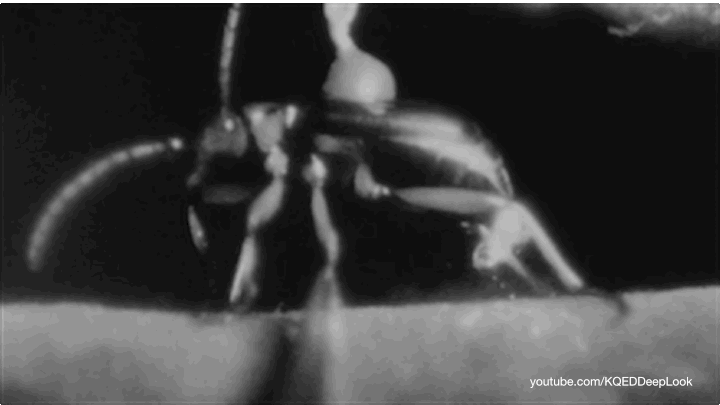
Scientists have pointed out that the beetle’s evolution is entirely plausible if you look at the chemical level.
The two main ingredients of its toxic spray — hydroquinone and hydrogen peroxide — do not explode when combined on their own. The reaction needs a third ingredient, an enzyme, to go off.
Enzymes, which are derived from our DNA, have long been known to evolve, becoming increasingly specialized over time. In theory, scientists assert, an early relative of today’s bombardier beetle might have possessed a less potent version of the enzyme, all part of the gradual emergence of the system.
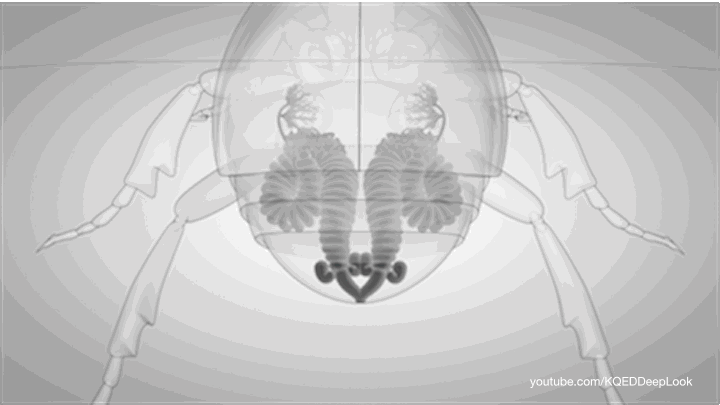
This fall, the National Science Foundation awarded $1.4 million in funding to a team of researchers from the University of California-Berkeley, San Diego State University, the University of Arizona in Tucson, and the Stevens Institute of Technology, who will dig even deeper into the beetle’s biochemistry. Their three-year study will examine the beetles’ family tree at the molecular level to determine how the production of its chemical brew might have arisen.
“The use of these chemicals isn’t that unusual in the beetle family tree,” said Kipling Will, a professor at UC Berkeley’s division of insect biology, and one of the grant researchers. “There are at least four major sub-families of beetles that produce the same kinds of compounds. The bombardier isn’t some weird, unique thing.”
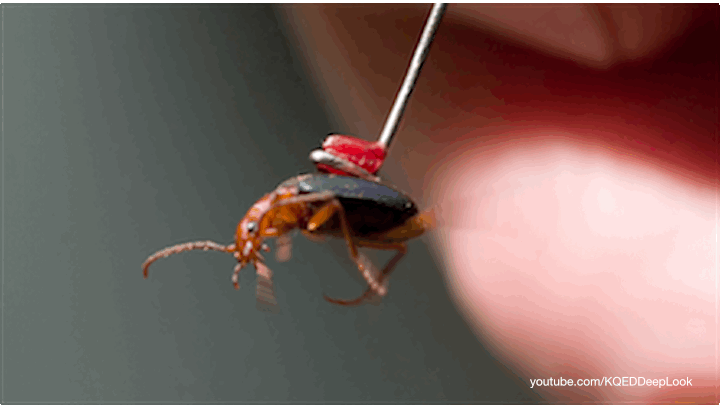
One theory the study will test is how the production of the bombardier’s defensive arsenal relates to the way it makes its shell, or carapace. The carapaces of all beetle species are already known to contain hydroquinones. The beetle may have pivoted shell production into a defensive mechanism.
In evolutionary biology, the term “exaptation” describes how animals sometimes repurpose raw materials.
Whether or not the carapace theory proves correct, the study will help scientists better understand its evolutionary origins.
“We want to see where the evolution is happening, the interplay between the genes and the chemicals,” said Will. “This is all part of the story of how they produce and deploy their defense.”
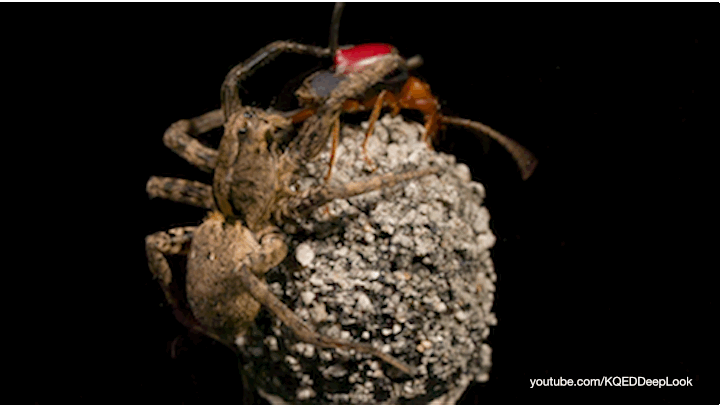
Of the 500 known species in the bombardier beetle family worldwide, nine live in California. They are easy to spot under leaves in moist conditions.
But take the hint from Darwin: Don’t put one in your mouth.